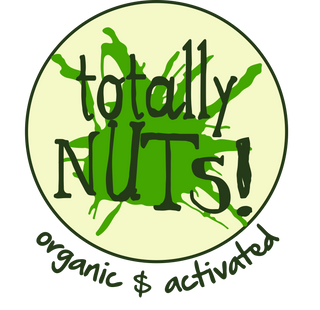How much do you know about where your delicious organic activated cashews came from? The origin of all our food is interesting and worth knowing, but I do find the cashews a particularly interesting one. Admittedly this is likely partly due to living for many years in South India where small farmers grow an awful lot of cashews (and also spray DDT, a very toxic pesticide sold to them by unscrupulous international corporations because they are banned in most countries but not India)
The cashew tree (Anacardium occidentale) can grow to around 12m (I have never seen one over about 5m - but that may be due to poorer soil conditions in Tamil Nadu). The canopy is low and spreading, touching the ground all around when mature. This makes harvesting the fruit which hangs from the branches very easy.

Cashews are native to northeastern Brazil where they formed part of the drier forest east of the Amazon. They are tolerant of poor soil, high heat and low rainfall. Together with their low spreading habit, these factors make them a very appealing crop for tropical developing countries.
The Portuguese were responsible for taking the first cashews out of Brazil and into one of their other colonies - Goa in India, in the 16th century. Cashews have been cultivated in India, especially in South India, ever since. India is now the biggest producer of cashews (with an impressive 180,000MT produced, out of a global total of 750,000MT). India has not jumped onto the organic wagon convincingly, however. Vietnam still leads the organic market.
Cashew nuts are not a true nut - meaning they are not fruits borne in a dry, hard nut shell. Their seed (the nut) grows on the end of an elongated fleshy stem, known as the cashew apple. The cashew apple is also edible and is full of nutrients (but it doesn't taste very nice!). People make an alcoholic drink from the apple pulp, as well as a whole range of other products.
The nut itself grows in a kidney shape and has two walls. The outer is green until it reaches maturity, when it turns grey. It is smooth, thin and somewhat elastic. The inner wall is harder and must be cracked like other nuts to get to the kernel inside.
In between the two nuts is an oily resin that has been used for hundreds of years (and still currently) for industrial purposes. It is used to develop lubricants, varnishes, cements, drugs, antioxidants and fungicides among other uses (but will blister your skin if you touch it!)
Now you know a bit more about this delicious nut, hopefully you can enjoy it even more!

